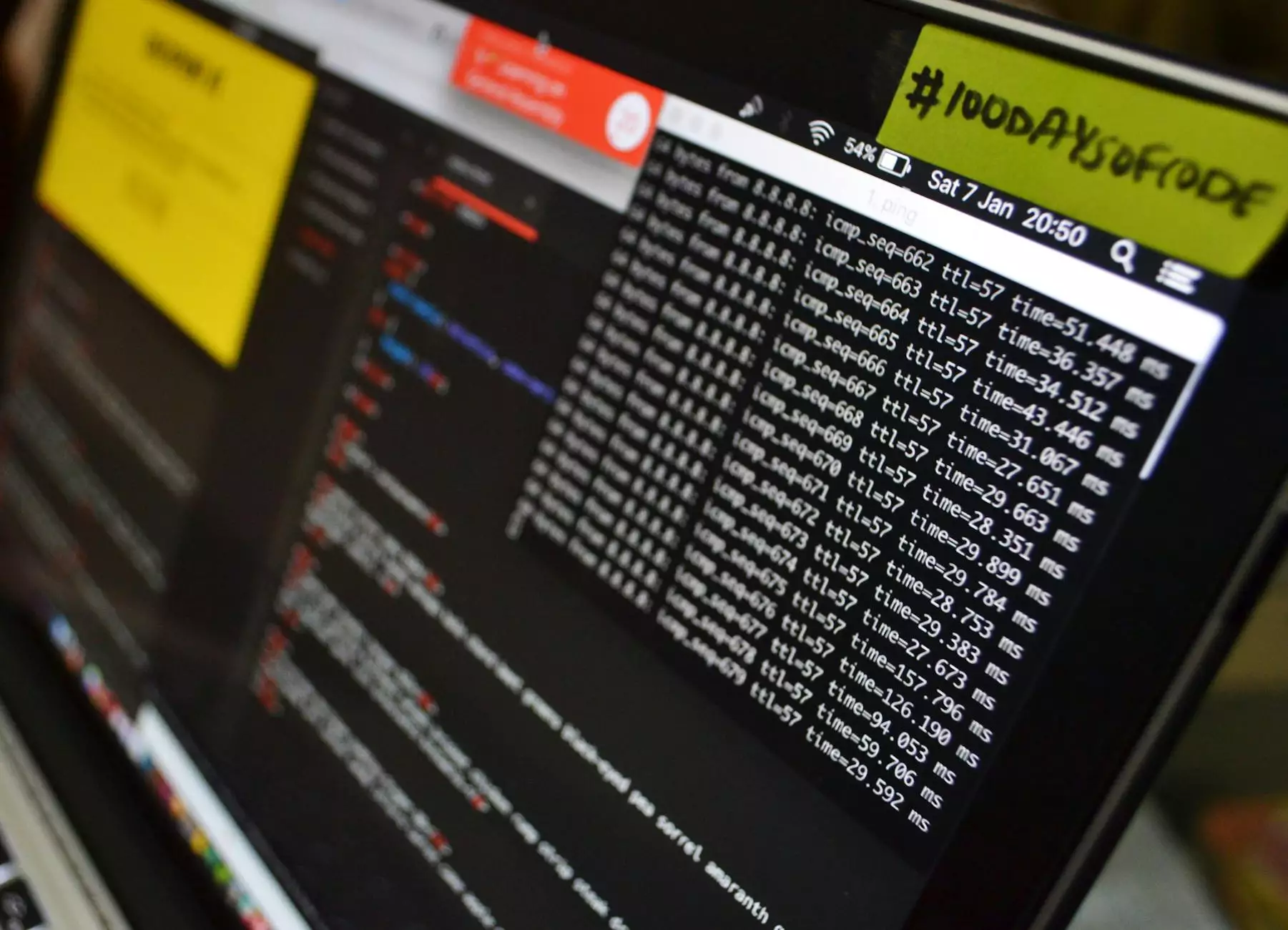Enhancing Windows Remote Desktop Security for Your Business

In today's digital landscape, where remote work has become the norm, ensuring Windows Remote Desktop Security is paramount for businesses. As companies increasingly rely on remote desktop services to facilitate work from home initiatives, understanding how to protect these vital connections is essential. This article delves into comprehensive strategies and best practices to fortify your Windows Remote Desktop environment, ensuring your corporate data and resources are secure.
Understanding Windows Remote Desktop
Windows Remote Desktop allows users to connect to another computer over a network connection, effectively managing devices from remote locations. While it offers unmatched flexibility and convenience, it also opens potential vulnerabilities. Let’s explore why securing these connections is critical.
Why is Remote Desktop Security Important?
The implications of inadequate security for Remote Desktop Protocol (RDP) can be severe for institutions and businesses alike. Here are key reasons:
- Data Breaches: Unsecured RDP connections can lead to unauthorized access, exposing sensitive business data and client information.
- Financial Loss: Cyberattacks that exploit RDP vulnerabilities can lead to financial losses due to theft or operational downtime.
- Brand Reputation: Security breaches can tarnish a company's reputation, leading to a loss of consumer trust.
- Regulatory Compliance: Failing to secure remote connections can lead to violations of data protection laws, resulting in legal penalties.
Essential Strategies for Improving Windows Remote Desktop Security
Let’s examine various strategies that businesses should implement to enhance their Windows Remote Desktop Security.
1. Implement Strong Password Policies
Passwords are the first line of defense against unauthorized access. Businesses should enforce strong password policies that stipulate:
- Complex passwords with a mix of letters, numbers, and symbols.
- Regular password changes, ideally every 60-90 days.
- Use of password management tools to avoid reuse and facilitate secure sharing.
2. Enable Network Level Authentication (NLA)
By requiring users to authenticate themselves before establishing a session, Network Level Authentication (NLA) enhances security significantly. This method helps to mitigate the risk of denial-of-service attacks and unauthorized access.
3. Utilize Remote Desktop Gateways
A Remote Desktop Gateway acts as an intermediary for RDP connections, allowing users to connect securely via an HTTPS connection. This method adds an additional layer of encryption and can further restrict access through various configurations.
4. Limit User Access Rights
Control who can access remote desktop resources. Granting only the necessary permissions enables a better control framework and minimizes risks:
- Assign user roles based on the principle of least privilege.
- Regularly review and update user access to ensure compliance with current roles and responsibilities.
5. Regularly Update Software
Keeping your software updated is crucial for ensuring Windows Remote Desktop Security. Updates often include patches for known vulnerabilities. To maintain security:
- Enable automatic updates for your operating system and applications.
- Regularly check for updates to third-party remote desktop applications.
Advanced Security Measures for Windows Remote Desktop
1. Multi-Factor Authentication (MFA)
Adopting Multi-Factor Authentication (MFA) adds an essential layer of security. Even if a password is compromised, the requirement for an additional verification method significantly decreases the likelihood of unauthorized access.
2. Virtual Private Networks (VPNs)
Using a VPN encrypts the data transmitted over the network, making it exceedingly difficult for attackers to intercept sensitive information. A VPN can serve as a secure tunnel for RDP traffic.
3. Firewall Configuration
Deploy firewalls to monitor and manage incoming and outgoing network traffic. Configure firewalls to:
- Block all ports except those specifically required for RDP traffic.
- Use IP whitelisting to specify which addresses are allowed to access your RDP service.
4. Regular Security Audits
Conducting regular security audits and assessments helps identify vulnerabilities and compliance issues within your RDP setup. This process encourages continuous improvement and adaption to new threats.
Best Practices for Maintaining Windows Remote Desktop Security
To maintain robust security over time, businesses should institute best practices:
- Logging and Monitoring: Implement logging to monitor remote desktop sessions and detect any unusual behavior.
- User Training: Conduct regular training for employees on recognizing phishing attempts and understanding security protocols.
- Access Reviews: Periodically review user access logs and activity to ensure compliance and detect anomalies.
Conclusion
In a world increasingly reliant on remote work capabilities, enhancing your Windows Remote Desktop Security is not just a good practice; it's a necessary business imperative. Implementing the strategies discussed in this article can significantly reduce potential security risks, protect sensitive data, and ultimately contribute to the long-term success and reputation of your business.
For more information on securing your remote desktop connections or for IT Services & Computer Repair, visit rds-tools.com. Your business security is our priority.









